Peter Knight has spent decades connecting disparate musical traditions, but his work with Hand to Earth has a different strategy. Rather than fusion or the usual cross-pollination, this ensemble practices a genuine exchange. The Australian trumpeter, composer, and former artistic director of the Australian Art Orchestra brings a history steeped in experimental practice and collaborative possibility to this quintet. From his early days touring with rock bands like Cattletruck and Big Pig through his acclaimed solo releases on Room40, Knight has consistently sought to dissolve his listeners’ expectations. Yet Hand to Earth, which he co-leads alongside Indigenous song keepers Daniel and David Wilfred, Korean-born vocalist Sunny Kim, and clarinetist Aviva Endean, asks a more striking question: what happens when musicians don't merge their traditions but offer them to one another?
Knight's path to Hand to Earth wasn't direct. He spent his twenties playing trumpet and electric bass, touring extensively before shifting toward jazz and experimental work in the late 1990s. His solo albums, including 2022's Shadow Phase on Room40, explore electroacoustics and textural composition. But the work that has perhaps most influenced his current practice came through his decade as artistic director of the Australian Art Orchestra, where he inherited relationships with Indigenous musicians. He learned to inhabit these partnerships, slowly understanding what it meant to be drawn together by raki. The term refers to both the woven grass string used in traditional Wágilak bags and the metaphorical thread that pulls people into shared song.
Hand to Earth have become one of Australia's most recognized contemporary ensembles since forming in the early 2010s. The group has earned an ARIA Award nomination and performed at venues from Berlin's Pierre Boulez Saal to Lincoln Center. Their new album Ŋurru Wäŋa (pronounced "Wooroo Wanga"), which translates as "the scent of home," is out now on Room40. Producer Lawrence English, who also contributed field recordings and atmospheres to the sessions, heard a rare meeting in these recordings: Wágilak song lines stretching back 40,000 years encounter contemporary electroacoustic practice. Neither tradition bends to accommodate the other.
Peter Knight was a recent guest on the Spotlight On podcast. In his conversation with host Lawrence Peryer, Knight discusses the recording process behind Ŋurru Wäŋa, the challenge of maintaining individual artistic identity within deep collaboration, the concept of raki that underpins Hand to Earth's art, and the idea of Australia itself as an ongoing improvisation.
You can listen to the entire conversation in the Spotlight On player below. The transcript has been edited for length, flow, and clarity.
Lawrence Peryer: I would love to begin by asking you a little bit about Hand to Earth's new album. Could you tell me a little bit about its concept?
Peter Knight: The album's called Ŋurru Wäŋa. When Daniel [Wilfred] says it, it sounds almost like "Wooroo Wanga." It's in the Wágilak language. Sometimes it's hard to translate or transport the sound exactly into English.
Lawrence: Tell me a little bit, then, about the English translation of the title. How does it inform the album?
Peter: The English translation for the title is "The Scent of Home," and I think that's what's going on in this group. These five people are all trying to find a space together where we can share and learn from one another. That's not the same as home, but the sense that we are moving toward something is like a homecoming. I think that when it works, what we find is that between us, we're approaching something related to our essences as human beings. I know that sounds a little bit lofty and hopefully not too grandiose, but in Australia, and in many parts of the world, we are dealing with the issues that have visited us as a result of colonialism. We have practiced forgetting and sweeping things under the rug for the entire post-European history of this country. I think that, in a sense, we are all carrying that legacy and that burden. In Hand to Earth, we aim to find a space where we can express something positive about how we might live together and create a more optimistic future. I think that's the power of music. That's the power of art. So, that would represent a kind of homecoming if it were possible. I think it's what we all kind of yearn for.
I think that the yearning that is expressed in these songs is something that we all share, even though the songs are sung in the Wágilak language and they're songs that come from Daniel's song cycles—ancient song cycles—they resonate with all of us. That's a really fascinating thing about being in this band, actually, and playing with David [Wilfred] and Daniel.
One of the things that's moved me is the generosity of this culture. The deeply embedded practice of generosity that I've experienced is something that settler Australians can really learn from. There's a concept in Wágilak culture called raki, which refers to the string made from grass that is woven together to create dilly bags, traditional bags used to hold tools. But it's also a word that refers to a metaphorical string that draws us all together to dance, to sing, and to celebrate.
When we play music, what has been explained to us is that we're all drawn together—audience and musicians—by this raki, by this metaphorical string. When we dance and sing together, in the Wágilak language, it's called aung. The raki draws us together for the aung. We all become part of the story, so it's not as if Aboriginal musicians are performing for us or that we are supporting them to perform their songs. We are part of the song altogether, including the audience.
It kind of makes sense of the process we're engaged in, because in many situations where an ancient cultural tradition fuses with contemporary European or Western traditions, I sometimes find myself asking, "What are the Western musicians doing there?" But when what's underpinning our engagement is this cultural practice of inclusion and this notion of the raki drawing us together to make something new, to make a new song or to build on the songline together, to create our own story, then it makes sense that we're there. It makes sense that we're part of it because we are, whether we like it or not.

Lawrence: When you were first speaking, I was thinking that what I was hearing was that the work and the process of making the work is really home. Then as went further, it sort of expanded into home is really the whole project, the whole endeavor of what you all are doing. It's a beautiful, functional metaphor for what you do. My understanding is that the songs for this record were recorded spontaneously. Does that contrast with how you normally work with Hand to Earth?
Peter: I think in our practice—my practice, Sunny [Kim]'s practice, and Aviva [Endean]'s practice—as musicians working mostly with European Western forms, we're used to schedules and doing things at particular times and planning in a particular way. That contrasts with the traditional way that David and Daniel work. When there's a bunggul in Ngukurr up in Arnhem Land, things happen when they need to happen. Being part of those bunggul, people gather, and it seems inexplicable to us, but there's just people eating, talking, and then a song will start. Then people will join the song, and then there'll be dance. It'll be quite intense for a while, and then it'll subside, and people will go back to talking. There is a natural flow to things, which is really interesting. I think that David and Daniel work really well in a more regimented system with us when we're touring and playing concerts. But when we're recording, I think we kind of end up in a situation which is a little bit more like bunggul.
With the recording of Ŋurru Wäŋa, we were just at home here in the studio, at my place, one day, and we had a day off, and Daniel said, "Oh, I feel like singing." And I was like, "Okay, if he feels like singing, let's get this happening." I fired up the studio and pulled some materials together very quickly—some drones and recordings that I'd been making with Sunny previously. I just let Daniel and David have those materials, and he started talking about this song cycle of the "Bush Honey" and the bee making the bush honey. He sang through that cycle, and that formed the core of the record. Sunny and Aviva came back into the studio later, recorded more stuff, and then we played that to David and Daniel, and we just worked on it quite organically, but across a period of time.
That process worked really well. I think it's maybe a little bit more like that bunggul rhythm that they're used to. Daniel always says about us, "Oh, there's too much talk, too much talk talk." So there wasn't a lot of talk talk. It was just like, "Yeah, let's just play some music and go have some coffee."
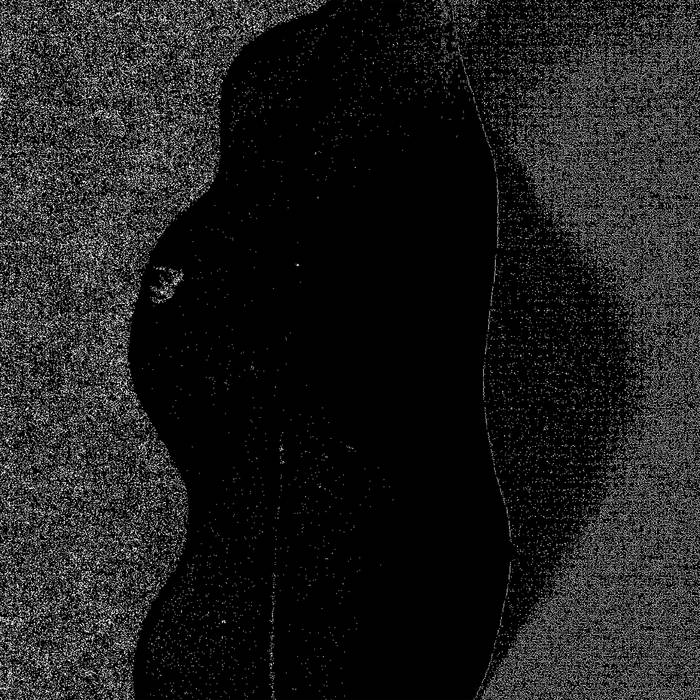
Lawrence: If I had to crudely summarize the process, it sounds like organic and spontaneous is the rule of the day. How much intellectualizing has to go into what is ultimately an organic melding of all these different cultural strands? What's thought and intention versus what's conjuring versus channeling?
Peter: It kind of depends on what you call intellectual. I think there's a lot of thinking and discussion. I think it's about relationships in the end, rather than conceptualizing the music—it's about attending to the relationships. We we at the Vancouver Jazz Festival last year, and did an artist talk. It was David, Daniel, and me, and someone in the audience asked a question. They asked Daniel: "What's it like singing your songs and working with these other musicians from different backgrounds, and kind of how do you do it?" I think the question was actually kind of, "Why do you do it?"
Lawrence: And it goes back to your earlier point: what are these Western guys doing here?
Peter: It was kind of that question, and it's a fair enough question. And Daniel said, "They sing their songs to me, and I sing my songs to them." Really simple and a kind of a lightbulb moment for me, because what I realized is that he heard what we do as our song—that we are actually bringing something from deep within us as human beings and as musicians, singing our songs to him, and he's singing his song to us. He values our songs, that he hears them, honors them, and values them. That's the way it feels to him. That was kind of a real validation for me. It felt like, "Yeah, I know that makes it clear what I'm doing here. I don't have to overthink it. I don't have to do anything particular. I just have to try to be present and try to be myself and sing my song."
Lawrence: That so profoundly addresses the heart of what I was trying to ask you.
Peter: It was a beautiful moment. Aviva, Sunny, and I have discussed this a lot, and we've noted that when things are working in Hand to Earth, it feels like an exchange. It doesn't feel as interesting when it's like we are serving the Wágilak songs and trying to just be the backing, and it certainly doesn't work when we're dictating or pushing too hard a particular agenda. I think one of the reasons it works, and one of the reasons it sounds like it does, is because of the amount of time that has gone into the relationships.
These relationships have been in place since 2005, and they weren't started by me, Sunny, or Aviva. They were started by the founder of the Australian Art Orchestra, Paul Grabowsky, who's a mentor, a dear friend of mine, and an incredible musician—one of the most inspiring people I've ever spent time with. As director of the Australian Art Orchestra, he went to Ngukurr. He'd heard from somebody that there were musicians there who were really curious, that the traditional culture was vibrant and strong, and he had the thought that perhaps jazz and improvising musicians had the tools to actually collaborate in a profound way, or in a way that could unlock possibility—that jazz and improvising musicians had the tools to do that and break down the cultural hegemonies that are problematic in collaborative practice with First Nations Australians.
I became the artistic director of the Australian Art Orchestra in 2013, so I was introduced to these relationships. Then, Sunny, who was living in Seoul at the time, started to come to Australia and was part of our residency program. She met David and Daniel, and then Aviva became the associate artist of the Australian Art Orchestra, which drew her into those relationships. So there's been a lot of water under the bridge. A lot of time has been spent not just playing music, but doing everything but playing music. I think that's what it takes.
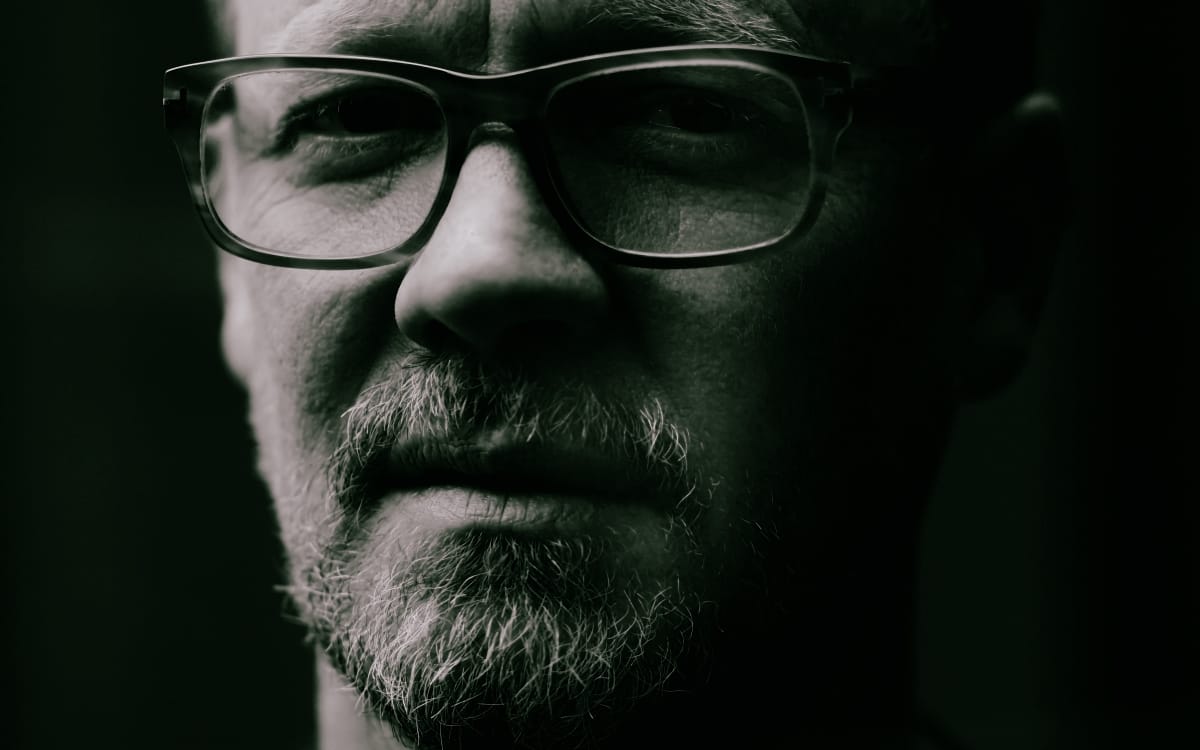
Lawrence: When I think about just even the name of the Australian Art Orchestra, the thing it says to me is, "What is Australian art?" And when I dig deeper into it, the answer becomes "all of it."
Peter: Yeah. Well, Paul says, "Australia is an improvisation." And I get that, and I always really like that. And man, it's an improvisation that's really had its ups and downs, shall we say.
Lawrence: I feel the same way about America.
Peter: Well, the world's a bit of a mess, isn't it? Here's another quote: "Life is a shitstorm, and art's the only umbrella we have."
Lawrence: I love that. That's great.
Peter: I like that too. I mean, it is a place where we can meet. We can meet in artistic practice. We can, non-verbally or non-discursively, deal with all of this in a sense, or express something about this. Like I keep saying about what we try to do, I think we express something about what might be possible—an optimistic expression of what might be possible in the future. That's how I feel about it anyway.
Lawrence: I'm curious if, in the context of all that openness and all that willingness to connect and explore, is there like a core musical identity or philosophy that you need to return to or that you center yourself around? Because I would imagine there's a risk of losing the self in all that other collaboration and openness.
Peter: That's probably been the challenge for me over my career, and particularly the last fifteen years, because I have been a facilitator for other people's work as much as an artist in my own right. I think that part of what comes naturally to me is connecting the dots with people and finding ways to crack open potential in the way people come together. It's something I really enjoy. I do actually wonder sometimes, and I have wondered, "Well, what's my core? Who am I as an artist?" I think if you are not asking those questions, then that might be a problem. Being in that space of slight discomfort of not knowing is a productive space to be in as an artist. One of the reasons why I finished up with the Art Orchestra is because I really wanted to dive deeper into my own practice and maybe to define myself more, maybe to define that core more clearly.
Lawrence: Tell me a little bit about Room40 as a label and as a home for work you do. I guess what I'm curious about is, does a label matter?
Peter: I think label matters when you have a label as great as Room40. All of the things that we've been talking about—thinking expansively about how art and music fits into our lives, in terms of how important relationships are to the work—these are all things that Lawrence [English, founder of Room40,] really embodies in his practice as a musician, as a curator, as somebody at the center of this label. Lawrence is really all about building community and about connection. He has had a huge influence on the development of Hand to Earth, not just as a producer but also as a channeler of entities. He really is that. Specifically, with the sound, I think he heard the potential for this kind of collision or connection between ambient sounds and ambient music, as well as these ancient songs from Ngukurr. He's kind of pushed the sound in that direction as a producer, contributor, and interlocutor. It has been very inspiring for everyone.
Lawrence: It's a whole world. I agree with that.
Peter: He's also got this great paper that he wrote that's on the Room40 Bandcamp page. It's called "A Young Person's Guide to Hustling in the Arts." It's really worth reading. I give it to all the young people that I come in contact with. I've got a twenty-one-year-old son, and he's a musician, and I meet a lot of his friends. I often pass this around. It's not just for young people; it's for anyone, really. But it really lays out these principles that Lawrence lives and works by, and that guide Room40. It's not just a feel-good motherhood kind of statement. It's action. He takes action, and he walks the walk. Truly inspiring human being.
Lawrence: I have a twenty-year-old son who's in art school, and it's been very interesting to watch over the last couple of years how, almost by the week, he talks more and more about being less interested in being a commercial artist, and more interested in fine art. It's fascinating to watch his journey as he starts to think about the different lives you can have in art.
Peter: He'd probably find that paper really worth reading. And you know, I feel like it's a huge privilege and inspiration being the father of a twenty-one-year-old. I don't know if they're all like this, but this generation that went through COVID, who had to learn that things don't always work out the way you expect when you're from a privileged, wealthy country. Our generation, post–Second World War, everything has always worked out for us, in some sense. The problems of the world were kind of elsewhere, broadly speaking. I mean, I'm generalizing, and that statement could be picked apart, of course. However, during the pandemic, and particularly here in Melbourne, we found that this is not always guaranteed; things can change very quickly. I feel that the young kids I know, who are friends of my son's, have a slightly different perspective, and I think it's positive.
Lawrence: I agree. Whenever I feel down about things, I think about some of the young people I come into contact with, and it gives me some optimism. Can you tell me a little bit about what's next for you on the solo front?
Peter: I actually just released a record made with my son. It's an album called TL;DR (Too Long, Didn't Read). It's also with two of the young musicians who I got to know during the Australian Art Orchestra Creative Music Intensives—two really brilliant musicians: Helen Svoboda, a double bassist and vocalist, and Theo Carbo, a guitarist. So that album's just come out, and we are, at the moment, halfway through an Australian tour. We head off again next week. I also have a solo record that is already finished and mastered, and the artwork's being produced for Room40, a follow-up to Shadow Phase. And Hand to Earth is playing at the Barbican Centre in London, and we are doing that in collaboration with Shabaka. You would know Shabaka.
Lawrence: Oh, that's going to be deep.
Peter: Yeah. We're coming together for a day to play together and create some possibilities collaboratively. Then we'll perform a concert at the Barbican, where Shabaka will play some solo pieces, Hand to Earth will play some of the songs from the Ŋurru Wäŋa album, and then we'll play together. Then we're doing a show in Belgium, followed by a performance at the Boulez Saal in Berlin, and we're also doing another show with Shabaka. Hopefully, that's going to be the start of something interesting and new. And then there's the solo stuff as well, following that. So it's kind of a busy and exciting year, really.
Check out more like this:
 The TonearmLawrence Peryer
The TonearmLawrence Peryer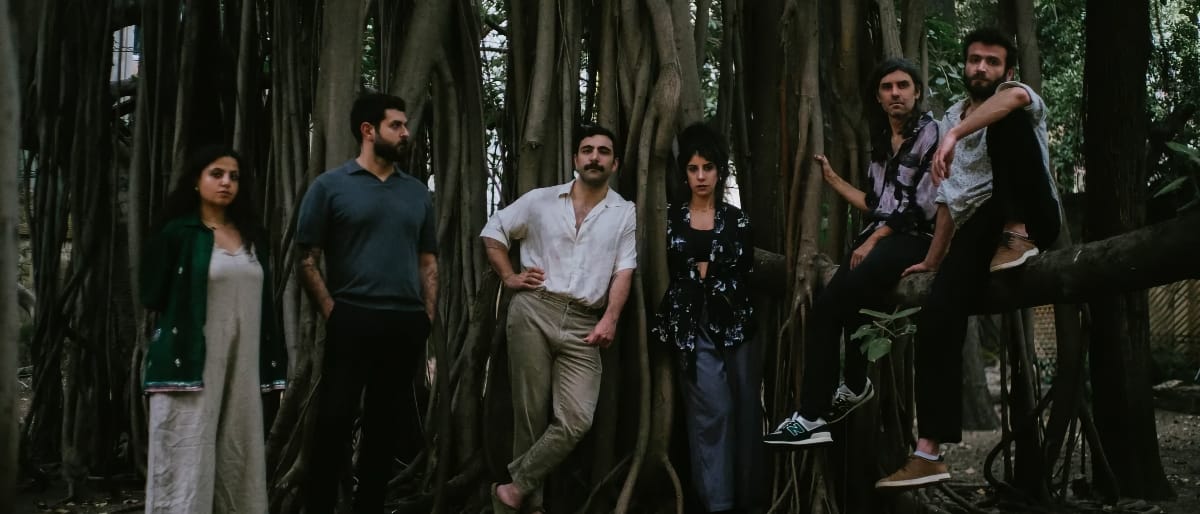
 The TonearmLawrence Peryer
The TonearmLawrence Peryer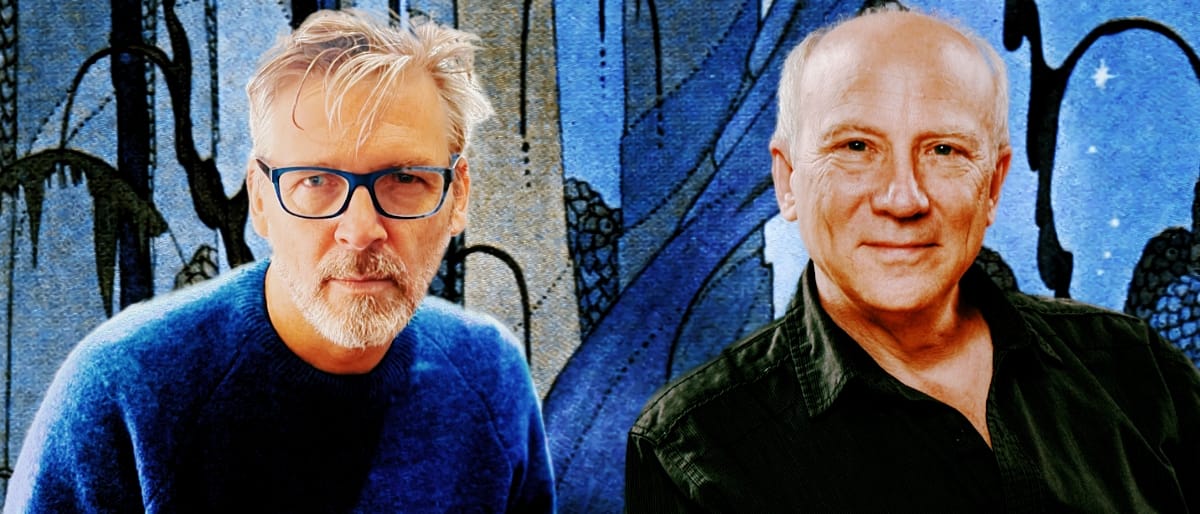


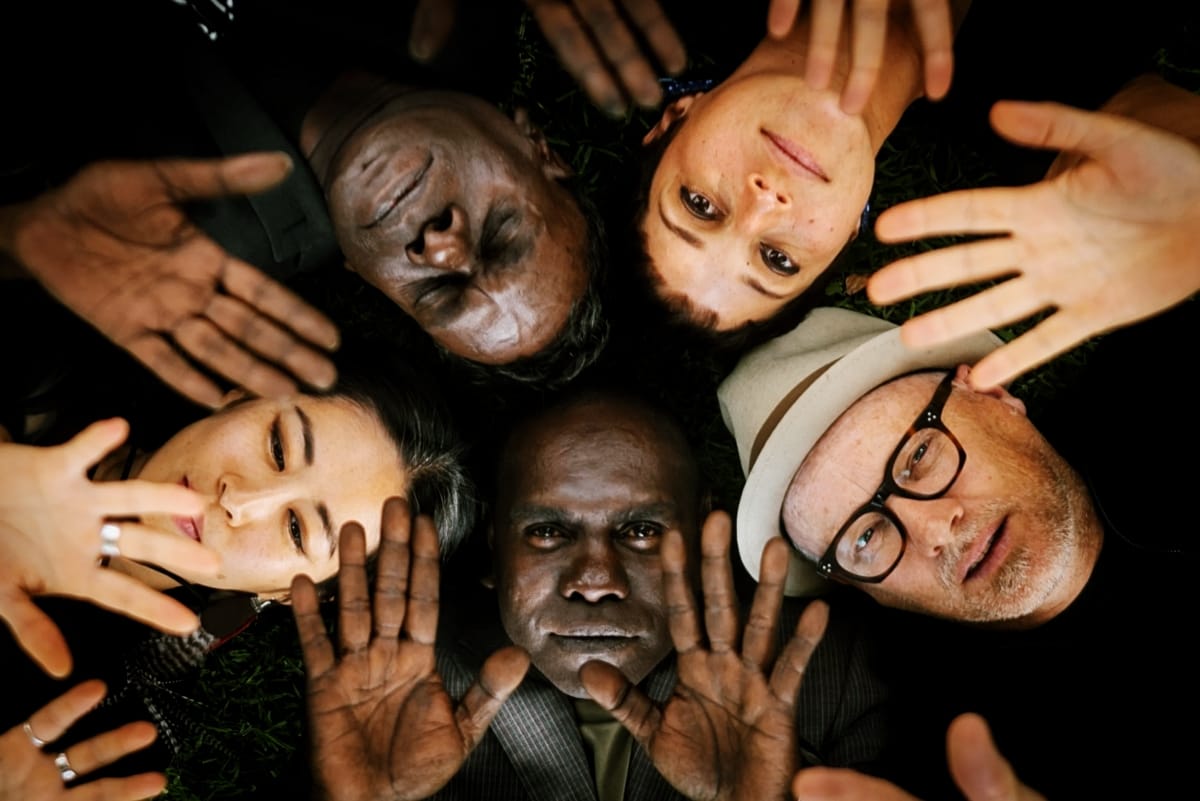

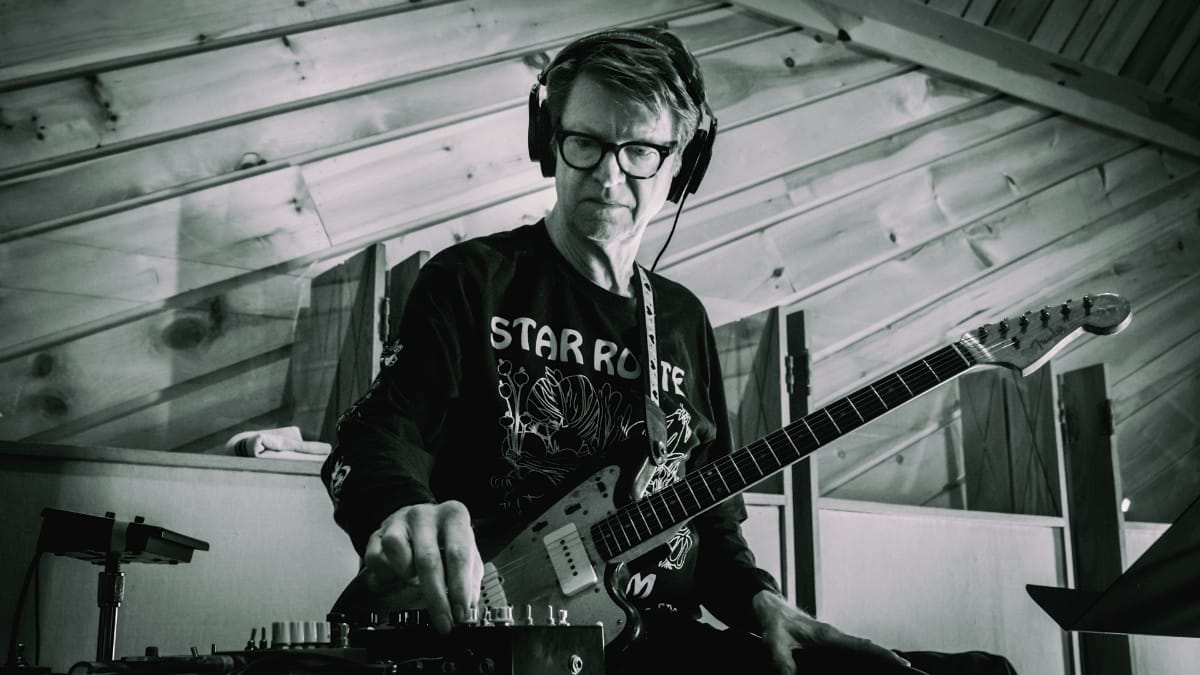
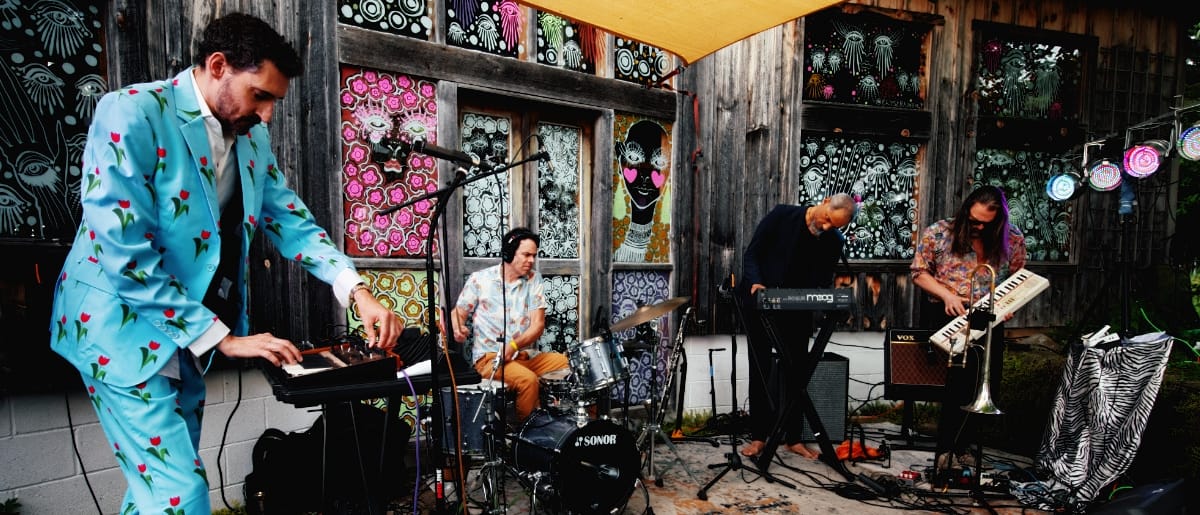
Comments